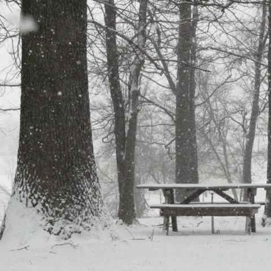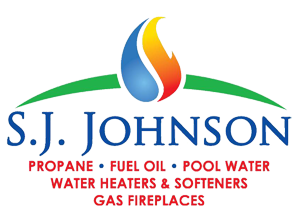
A blizzard is one of winter’s great storms in Southern Maryland
Every winter comes with its own warnings of nasty weather. Blizzard-like conditions is a popular term used in conjunction with a snowstorm. People may wonder what actually constitutes a blizzard and just how common it can be.
Blizzards are often associated with heavy snowfalls. However, they can also be caused simply by strong winds blowing around existing snow. The National Weather Service defines a blizzard as large amounts of falling or blowing snow with winds in excess of 35 mph and visibility of less than 1/4 of a mile for an extended period of time (greater than 3 hours). In essence, it is the limitation of visibility that often defines a blizzard and not entirely the snowfall totals.
Blizzards can be dangerous due to the whiteout conditions caused by blowing snow. It may be difficult or even impossible to drive or walk in a particular direction because of the inability to see. Blizzards and their strong winds also contribute to cold wind chill factors, or the feeling of the air temperature when the wind is taken into consideration. Wind chill can make it feel several degrees colder than the actual air temperature and result in frostbite or hypothermia.
Apart from their effect on the body, blizzards also may wreak havoc at home. Power outages due to heavy snow on branches and power lines and blowing wind can damage wires and cause widespread power loss. Storms near coastal areas may cause coastal flooding. Homes in low-lying areas may be flooded as a result. Experts have found that for those who live in the West and in Alaska, blizzard winds coming off mountains have been known to reach up to 100 mph and damage roofs and other structures.
Blizzards are actually quite common, even more than one might think. Over a 41-year-period of study by authors who published in the Journal of Climate in 2002, 438 blizzards took place between 1959 and 2000 in the U.S. The research found an average of 10.7 blizzards took place every year, 27 during the period of 1996-1997 alone. In early 2011, a megastorm dumped more than two feet of snow on the Windy City, stopping normal daily activities for several days. A few months prior to that storm, on December 26, 2010, the east coast of the U.S. experienced more than 20 inches of snow, crippling New York City due to understaffed sanitation workers from the Christmas holiday. People were trapped in their homes, and ambulance crews were blocked from rescuing people. Commuter trains, subways and buses were all halted by the monster storm.
If a blizzard is projected, there are some safety precautions to take.
- Listen to the up-to-date weather warnings.
- Keep battery-powered radios and other items handy in the event of a power failure.
- Invest in a generator, if possible.
- Check your supply of heating fuel and also stock up on other ways to stay warm if the heat is off due to a power failure.
- Keep an extra stock of non-perishable foods.
- Never light fires or barbecues indoors.
- Avoid overexertion outdoors. Wait until the storm stops.
- If caught outside, attempt to find dry shelter.
- Be sure equipment such as heat pumps are in good repair.
- Be equipped for the worst with extra supplies.
- Have a list of professionals available such as SJ Johnson Company-410-257-2515. In case an emergency occurs.
copyright: Article Licensed to adPRO (no reproductions without expressed written approval from adPRO)



